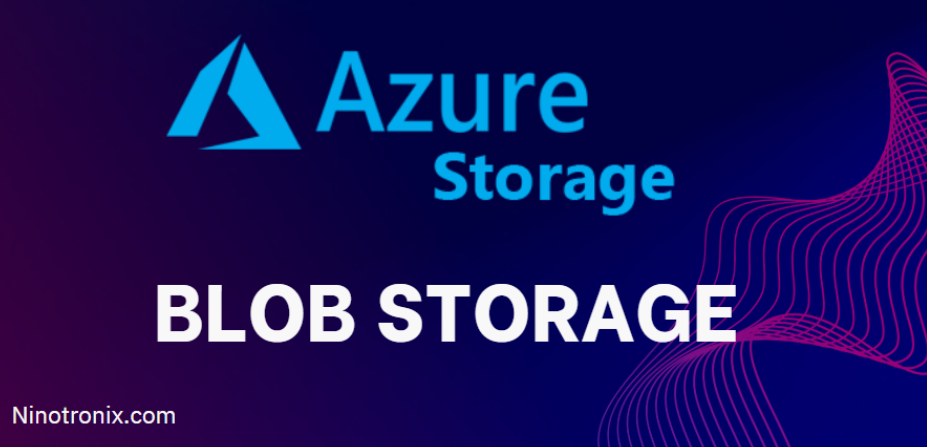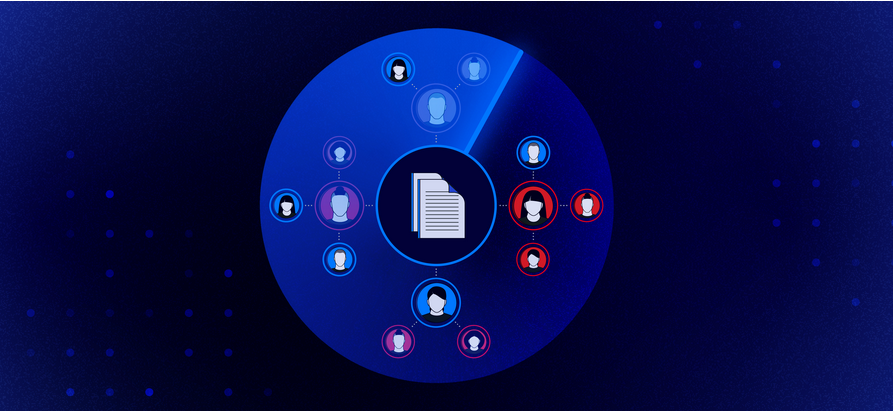Identity pool
Identity pools are particularly useful for granting temporary AWS credentials to end-users for direct access to AWS resources. They can also federate identities from multiple user pools or IdPs.
To achieve a more granular level of access control, you can map federated identities to IAM roles with specific permissions. This is especially useful when you need to segregate access based on the source of federated identity. For example, users authenticated via an IdP might be mapped to a role with more restricted permissions compared to users authenticated via the enterprise’s SAML-based IdP.
Identity tokens
Identity tokens, often implemented as JSON web tokens (JWT), serve as a cornerstone for secure, stateless authentication in a microservices architecture. These tokens encapsulate user information and permissions in a digitally signed payload, making them ideal for transmitting data across services securely.
In a typical microservices setup, an identity token is generated upon successful user authentication. This token is then included in the HTTP header for subsequent API requests, allowing each microservice to validate the user’s identity and permissions without needing to query a central database. This is particularly beneficial for scalability and performance, as it reduces the need for repetitive database calls.
OAuth2 framework
OAuth2 is a commonly used authorization framework that complements the use of identity tokens. It provides a standardized way for clients to request and manage tokens, often after the user has authenticated using a separate mechanism such as OpenID Connect. OAuth2 defines multiple flows for different types of clients and scenarios, such as authorization code flow for server-side apps and implicit flow for client-side apps.
In the context of Cognito and microservices, OAuth2 can be used to obtain identity tokens and access tokens. The identity tokens can then be used for user identification, while the access tokens can be used to grant permissions to various resources. This separation of concerns between identity and access makes OAuth2 a powerful tool for managing security in a microservices environment.



